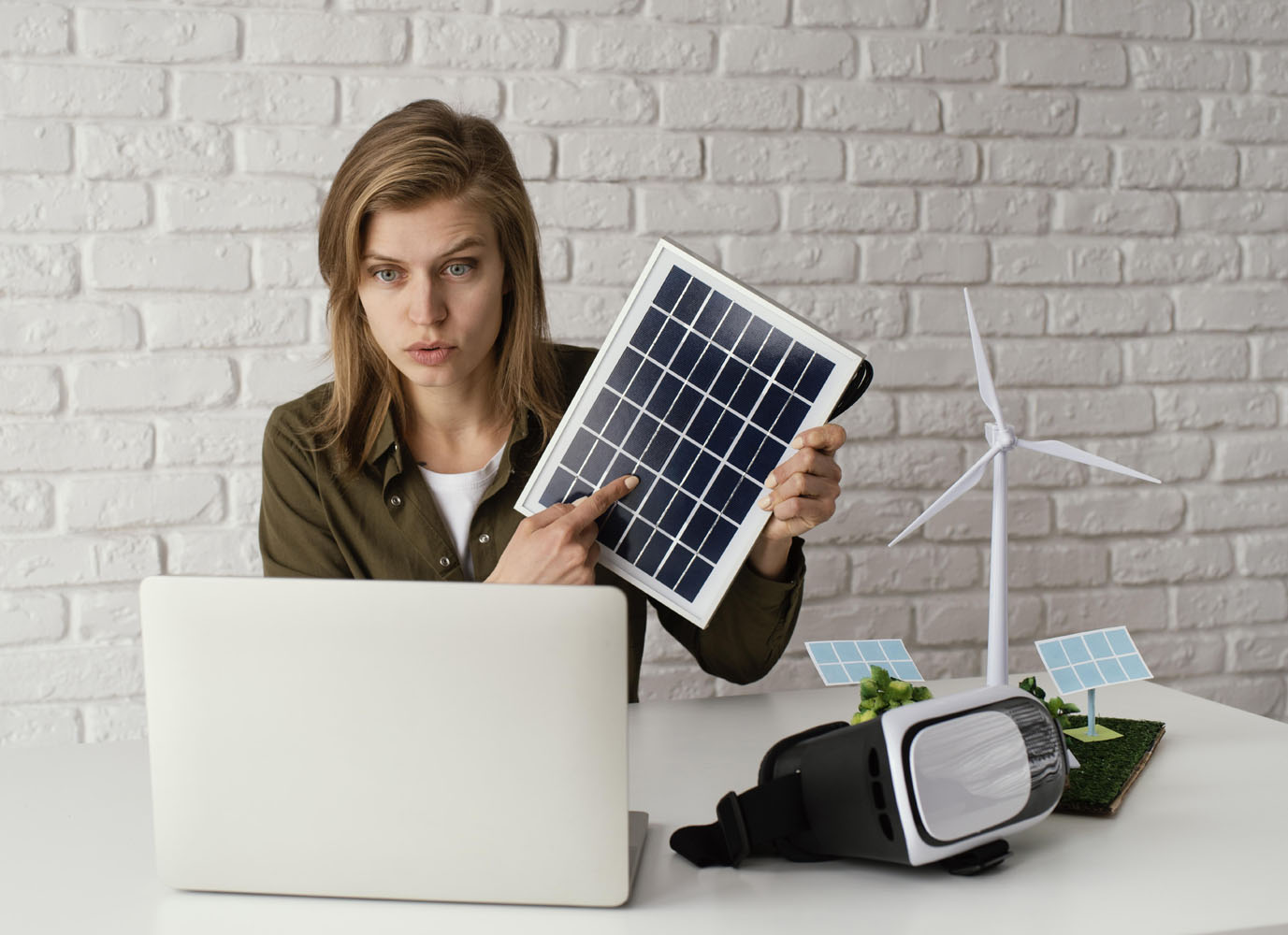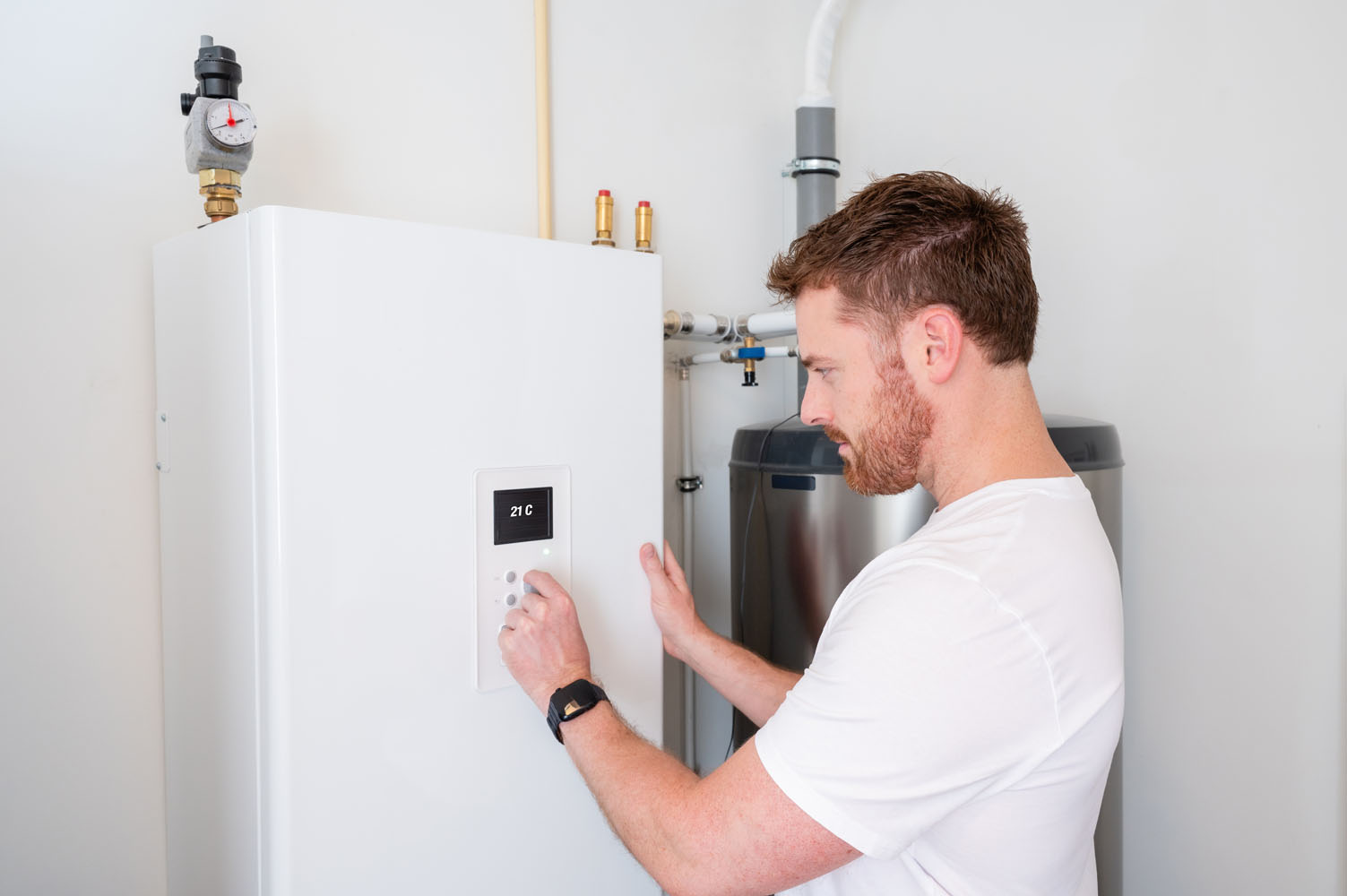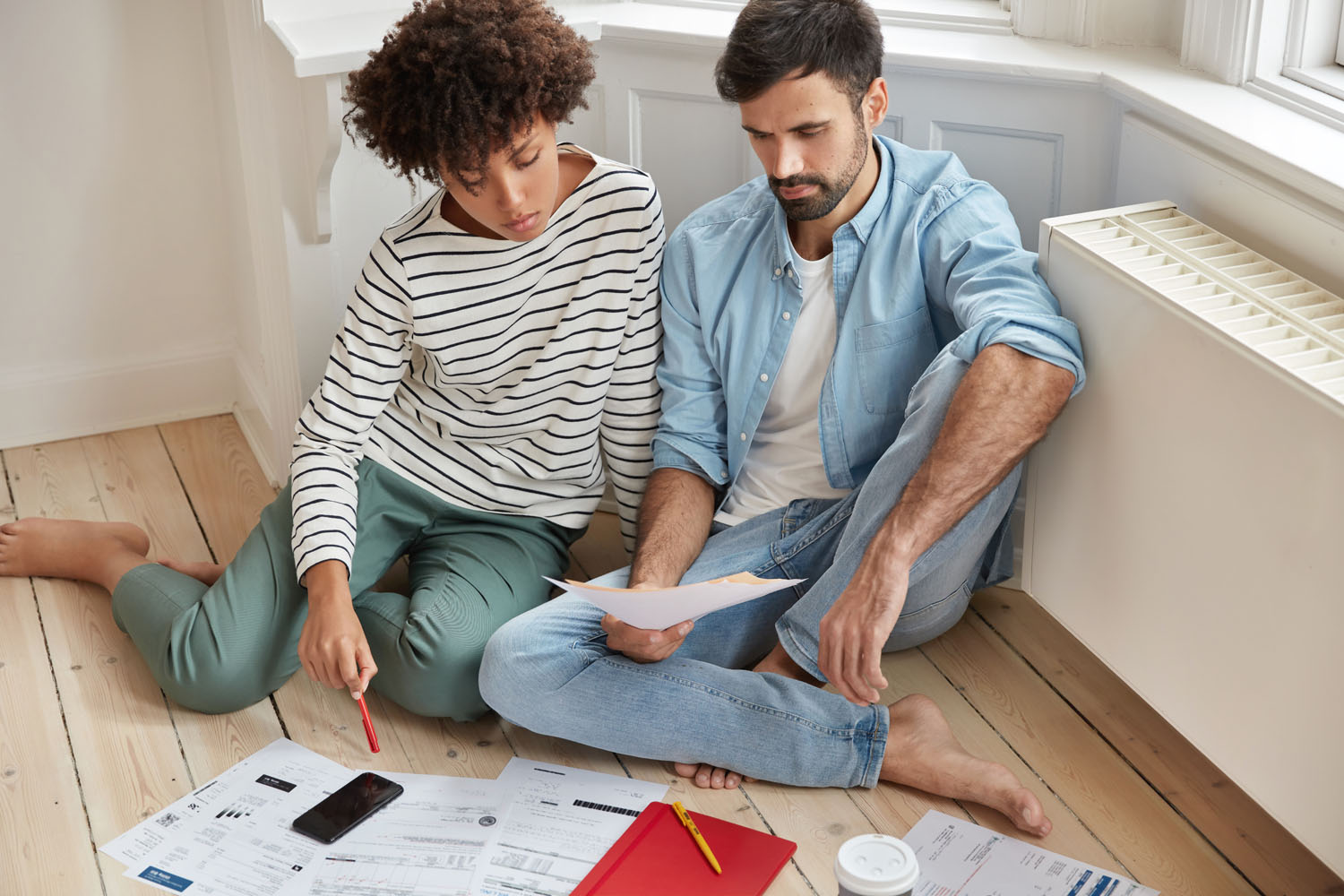Government rebates and incentives make energy-efficient upgrades more affordable for homeowners, but how do you ensure you’re getting the most out of these programs? Whether you’re considering solar panels, a heat pump system, or an energy-efficient air conditioner, there are several strategies you can use to maximise your government rebate and save as much money as possible on your energy solution. In this guide, we’ll outline key tips to help you navigate the rebate process and get the best possible outcome for your home.
1. Choose the Right System for Your Needs
One of the most important factors in maximising your rebate is selecting the right system for your home’s specific needs. For example, while solar panels are a popular choice, they may not always be the most effective solution if your home is better suited for other upgrades like insulation or a heat pump system.
- Tip: Start by assessing your energy needs and identifying which systems will provide the greatest efficiency gains. Consult with an accredited installer or energy advisor to help you make an informed decision.
2. Combine Multiple Upgrades
Many rebate programs, including the Victorian Energy Upgrades (VEU) program, allow you to combine different upgrades for greater overall savings. For example, you could install a solar PV system alongside a heat pump hot water system or energy-efficient lighting.
- Example: A homeowner could install solar panels to generate electricity during the day and then use a battery storage system to store excess energy for use at night, further reducing their reliance on the grid.
- Tip: By bundling multiple upgrades, you can not only maximise your rebate but also achieve greater energy savings and improve your home’s overall efficiency.
3. Use Smart Financing Options
In addition to rebates, many energy upgrades are eligible for financing options that allow you to spread the cost of the installation over several years. For instance, the Solar Victoria Battery Rebate offers interest-free loans for eligible homeowners who want to install a solar battery.
- Tip: By combining government rebates with smart financing, you can make larger energy-efficient upgrades more affordable while still maximising your savings.
4. Take Advantage of Off-Peak Incentives
Some energy-efficient upgrades, such as solar panels and heat pumps, come with the added benefit of being able to take advantage of off-peak electricity rates. By using smart systems that store energy during off-peak hours and release it during peak times, you can save even more on your electricity bills.
- Example: With a solar battery, you can store excess solar energy generated during the day and use it in the evening when electricity rates are higher. This reduces your reliance on grid power and ensures you get the best value from your solar investment.
5. Keep Your System Maintained for Maximum Efficiency
Regular maintenance is key to ensuring that your energy-efficient systems continue to perform at their best, which will help you achieve the maximum savings over the lifetime of the system. For example, solar panels need to be cleaned periodically to ensure they capture as much sunlight as possible, and heat pumps should be serviced annually to maintain their efficiency.
- Tip: Many rebates require that the system is installed and maintained by an accredited installer, so be sure to follow any maintenance requirements to ensure you stay eligible for the rebate.
6. Plan for Future Energy Needs
When choosing an energy upgrade, it’s important to think about your home’s future energy needs. For instance, if you’re considering buying an electric vehicle in the next few years, you may want to install a solar system that can handle the additional load of charging your EV at home.
- Tip: By planning for future needs, you can ensure that your energy upgrade remains relevant and cost-effective for years to come. This can also help you avoid needing to install additional systems later, which could be more expensive.
7. Work with Accredited Installers
Finally, working with accredited and experienced installers is crucial to maximising your rebate. Many government programs, including the Solar Victoria and VEU programs, require that installations be performed by certified professionals to qualify for the rebate. Accredited installers will ensure that your system meets the required standards and that your rebate application is processed smoothly.
- Tip: Always check that your installer is accredited by the relevant government body and that they are familiar with the rebate process.
Conclusion: By following these tips, you can maximise your government rebate and get the most value from your home energy solutions. Whether you’re investing in solar panels, a heat pump, or an EV charger, careful planning and working with the right professionals will ensure that you achieve maximum savings and long-term benefits for your home. Energy-efficient upgrades are not only great for your wallet but also for the environment, so make sure you’re making the most of the rebates available to you.







